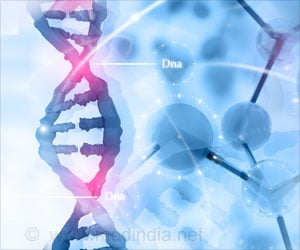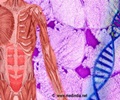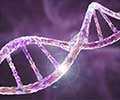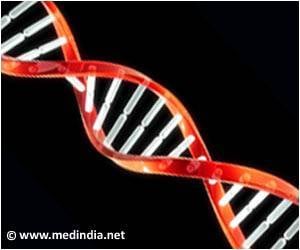CRISPR-based gene editor, C-to-G Base Editor (CGBE), may correct mutations that cause genetic disorders
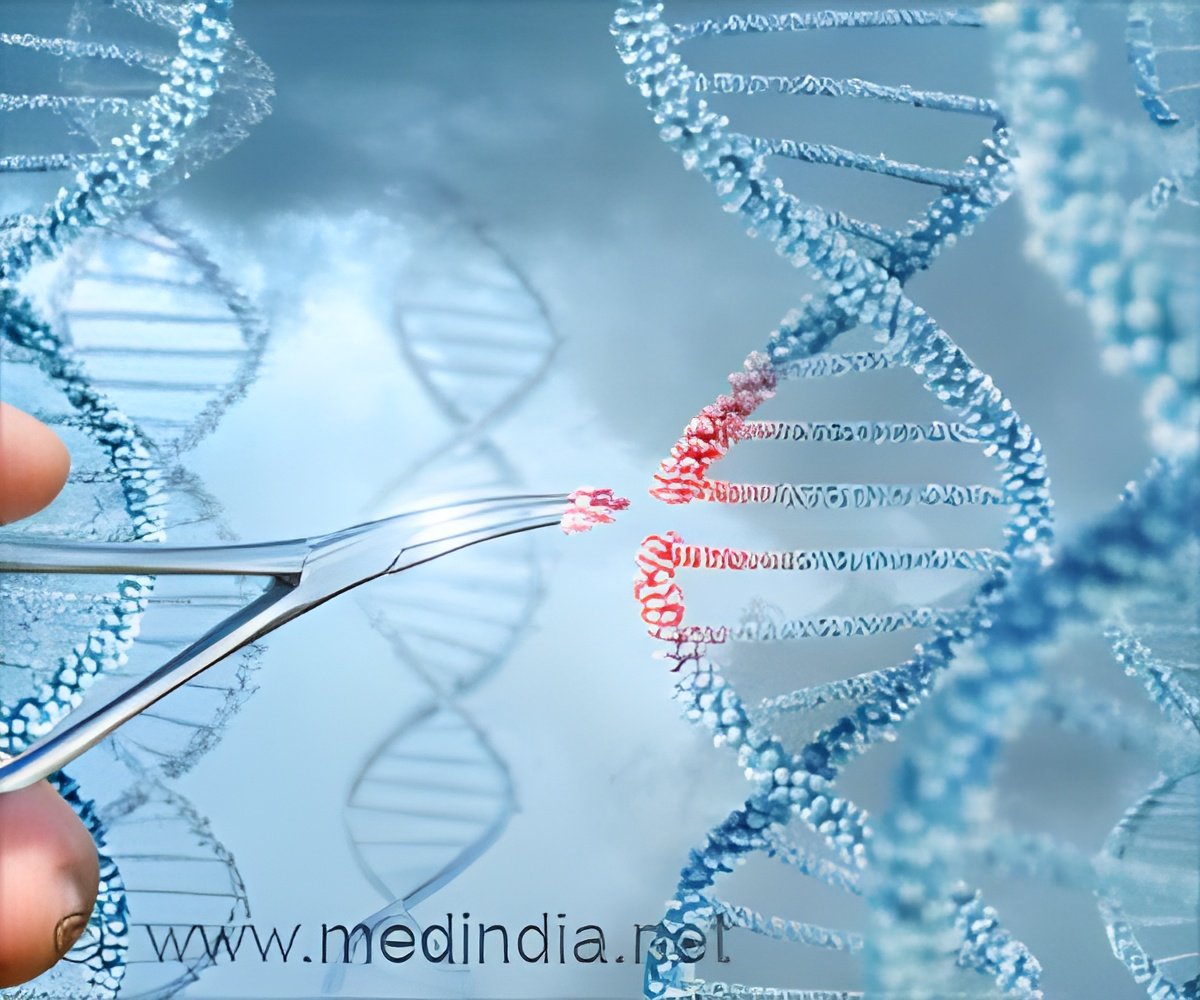
‘CRISPR-based gene editor, C-to-G Base Editor (CGBE), may repair mutations that cause genetic disorders, such as cystic fibrosis, cardiovascular diseases, musculoskeletal diseases, and neurological disorders. This enables the direct replacement of the base errors (e.g., base C to G in case of cystic fibrosis) thereby fixing the mutation and treating the genetic disorder.
’





Amidst various types of mutations, the most prevalent one is the single-base substitution, in which a single base in the DNA (such as G) is replaced by another base (such as C) that leads to defective proteins resulting in genetic disease ¡V typically seen in cystic fibrosis patients (C replaced by G base). Another genetic disorder is called sickle cell anemia where there is a deficiency of healthy red blood cells to carry oxygen throughout your body. Here the base A is replaced with T in hemoglobin.
To surmount these substitutions, the study team invented a CRISPR-based gene editor that accurately changes the defective C within the genome to the desired G.
This C-to-G base editor (CGBE) invention presents a new era of therapeutics for approximately 40 percent of the single-base substitutions that are associated with human diseases such as cystic fibrosis, cardiovascular diseases, musculoskeletal diseases, and neurological disorders.
The CRISPR-Cas9 technology is a widely utilized technique to disrupt target genes. However, a precise change to particular sequences is not efficiently delivered by the technology.
Advertisement
The CGBE editor advances the shortcomings of CRISPR-Cas9 technology to perform efficient and precise genetic changes (molecular surgery) on the human genome. CGBE consists of three following parts:
Advertisement
- A modified CRISPR-Cas9 will pinpoint the mutant gene and focus the entire editor on that gene.
- A deaminase (an enzyme that removes the amino group from a compound) will then target the defective C, and mark it for replacement.
- Finally, a protein will initiate cellular mechanisms to replace that defective C with a G.
"The CGBE gene editor is a ground-breaking invention that for the first time, directly converts C to G in genes, which potentially opens up treatment avenues for a substantial fraction of genetic disorders associated with single-nucleotide mutations". "We are working to ensure our CGBE and CRISPR-Cas modalities are both effective and safe in disease models before we can further develop such modalities for the clinic", says Dr. Chew Wei Leong, Senior Research Scientist at GIS, and receiver of prestigious Young Scientist Award (YSA) 2020.
"Novel editors such as CGBE are expanding the growing suite of precise genome-editing tools that include cytidine base editors (CBEs), adenine base editors (ABEs), CGBEs, and prime editors. Together, they enable the precise and efficient engineering of DNA for research, biological interrogation, and disease correction, thereby ushering a new age of genetic medicine", says Prof Patrick Tan, Executive Director of GIS, said,
Source-Medindia

